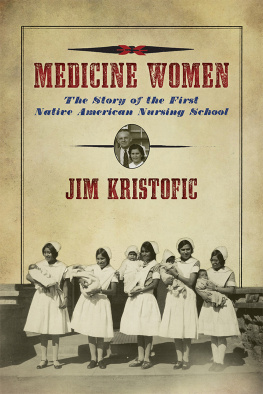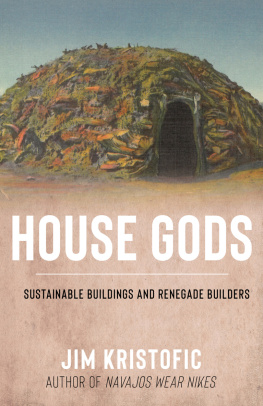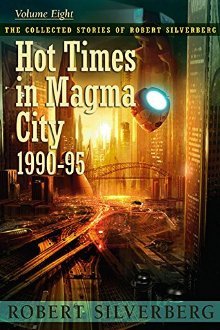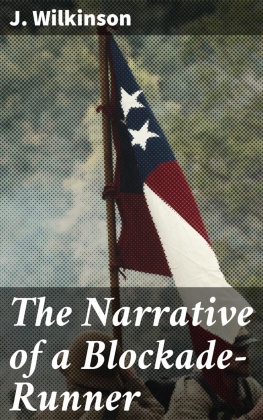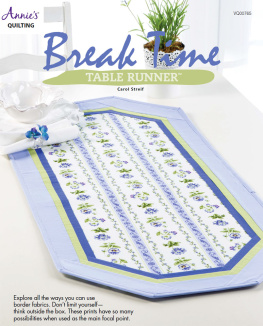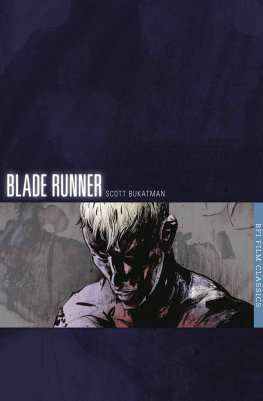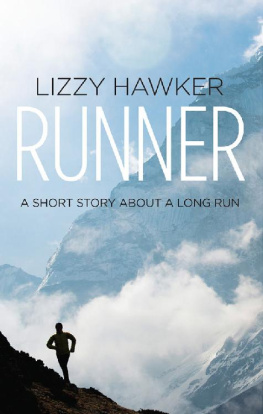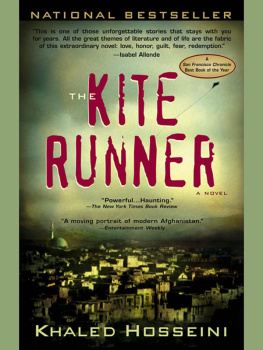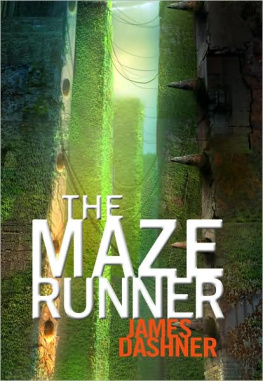Jim Kristofic - Send a Runner
Here you can read online Jim Kristofic - Send a Runner full text of the book (entire story) in english for free. Download pdf and epub, get meaning, cover and reviews about this ebook. year: 2021, publisher: University of New Mexico Press, genre: Detective and thriller. Description of the work, (preface) as well as reviews are available. Best literature library LitArk.com created for fans of good reading and offers a wide selection of genres:
Romance novel
Science fiction
Adventure
Detective
Science
History
Home and family
Prose
Art
Politics
Computer
Non-fiction
Religion
Business
Children
Humor
Choose a favorite category and find really read worthwhile books. Enjoy immersion in the world of imagination, feel the emotions of the characters or learn something new for yourself, make an fascinating discovery.

- Book:Send a Runner
- Author:
- Publisher:University of New Mexico Press
- Genre:
- Year:2021
- Rating:3 / 5
- Favourites:Add to favourites
- Your mark:
- 60
- 1
- 2
- 3
- 4
- 5
Send a Runner: summary, description and annotation
We offer to read an annotation, description, summary or preface (depends on what the author of the book "Send a Runner" wrote himself). If you haven't found the necessary information about the book — write in the comments, we will try to find it.
Send a Runner — read online for free the complete book (whole text) full work
Below is the text of the book, divided by pages. System saving the place of the last page read, allows you to conveniently read the book "Send a Runner" online for free, without having to search again every time where you left off. Put a bookmark, and you can go to the page where you finished reading at any time.
Font size:
Interval:
Bookmark:

Stories from Navajo Country



we dance into our journey as one.
we hold you dearly and we bring you with us.

Courtesy of Nolan Karras James.


Photo by Edison Eskeets.
Ena heyana heya ha.
If you go to Navajoland,
If you go to Navajo, yes.
Take your shroud,
Because death over there
Is firm and without doubt.
FROM TAOS, NORTHERN NEW MEXICO
 DAY ONE
DAY ONE
 (Spider Woman) is said to have lived after teaching the art of weaving to the Dinthe Navajo people. Edison has painted his bare arm and chest white and offers the white corn from the jish (medicine pouch). His left arm is painted turquoise. His right leg is yellow and red. His left leg is black. The story is quiet. It is in the paint. It speaks of mountains, of a journey through the worlds, through forms and bodies, to this world with the help of the gods.
(Spider Woman) is said to have lived after teaching the art of weaving to the Dinthe Navajo people. Edison has painted his bare arm and chest white and offers the white corn from the jish (medicine pouch). His left arm is painted turquoise. His right leg is yellow and red. His left leg is black. The story is quiet. It is in the paint. It speaks of mountains, of a journey through the worlds, through forms and bodies, to this world with the help of the gods.Font size:
Interval:
Bookmark:
Similar books «Send a Runner»
Look at similar books to Send a Runner. We have selected literature similar in name and meaning in the hope of providing readers with more options to find new, interesting, not yet read works.
Discussion, reviews of the book Send a Runner and just readers' own opinions. Leave your comments, write what you think about the work, its meaning or the main characters. Specify what exactly you liked and what you didn't like, and why you think so.

